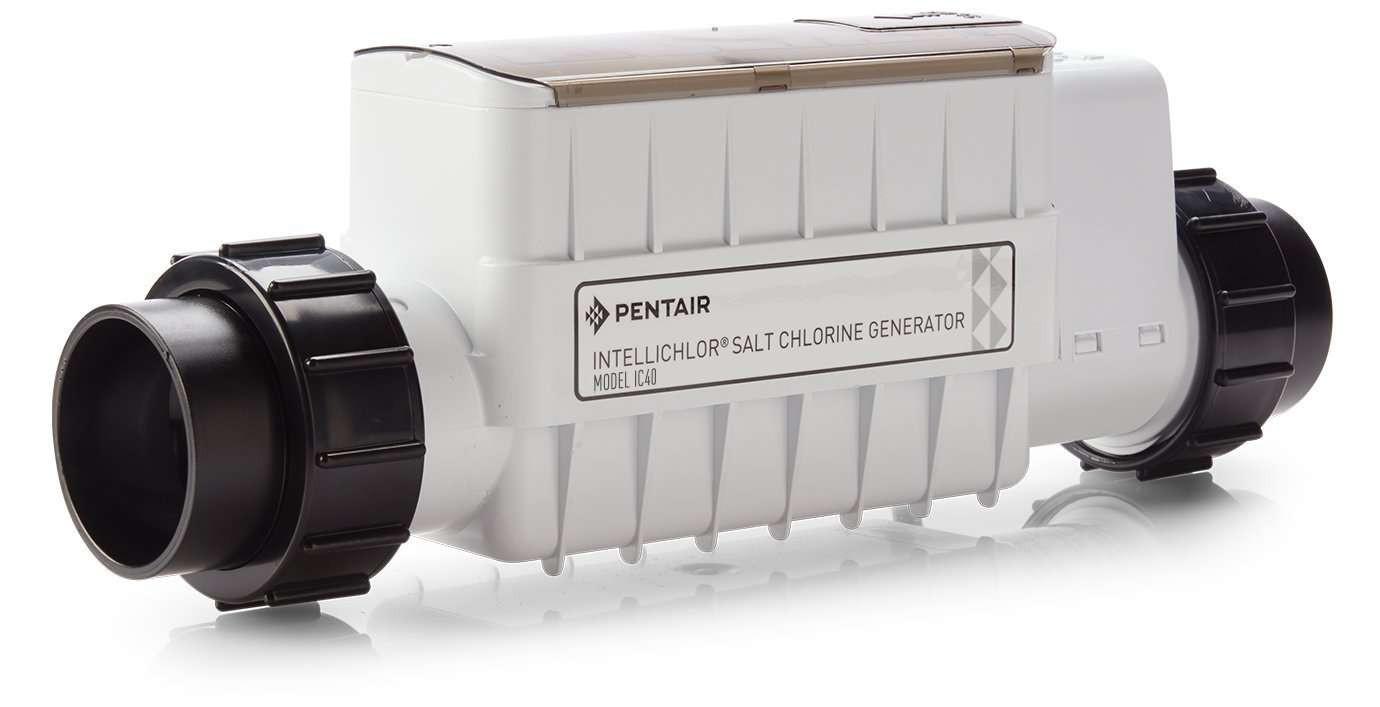Maintaining a clean and healthy swimming pool is essential for any homeowner. One of the most efficient and cost-effective ways to do this is by using a salt chlorine generator. These systems convert salt into chlorine, eliminating the need to manually add chlorine to the pool. However, to ensure that your salt chlorine generator is functioning properly and your pool stays clean, it is important to properly care for it. In this blog post, we’ll go over everything you need to know about how to take care of a salt chlorine generator for your swimming pool.
Salt Chlorine Generator Components
First, it’s important to understand the basic components of a salt chlorine generator. These systems typically consist of a cell (also known as a generator or chlorinator), a control panel, and a salt cell cleaning solution. The cell is responsible for converting the salt into chlorine, while the control panel allows you to adjust the chlorine output and monitor the system’s performance.
Salt Levels
To ensure that your salt chlorine generator is functioning properly, it’s important to regularly check the salt levels in your pool. The recommended salt level for a pool using a salt chlorine generator is between 2700-3400 ppm (parts per million). If the salt level is too low, the system will not be able to generate enough chlorine to properly sanitize the pool. On the other hand, if the salt level is too high, it can damage the cell and reduce its lifespan. To check the salt level, you can use a salt test kit or hire a professional pool service.
Cleaning the Cell
Another important aspect of maintaining a salt chlorine generator is cleaning the cell. The cell is responsible for converting the salt into chlorine, so it’s essential to keep it free of buildup and debris. Depending on the amount of use and the water quality of your pool, the cell may need to be cleaned every few months or more frequently.
To clean the cell, you can use a salt cell cleaning solution or a solution of muriatic acid and water. It’s important to follow the manufacturer’s instructions when using these solutions and to be cautious, as they can be corrosive.
Control Panel
It’s also important to regularly check and clean the control panel. Make sure that it’s free of any debris or buildup, and ensure that the buttons and settings are functioning properly.
Water Hardness
The water hardness also affects the lifetime of the cell, it’s important to maintain the right balance of calcium and pH level in the water. High water hardness can lead to scaling and clogging of the cell, while low levels can cause corrosion. Regular water testing can help you to keep these levels in check.
Professional Service
In addition to these regular maintenance tasks, it’s also a good idea to have a professional pool service inspect and service your salt chlorine generator at least once a year. They can check for any issues that may not be immediately visible, such as corroded wiring or damaged components.
Proper care of a salt chlorine generator is essential to keep your swimming pool clean and healthy. Regularly checking and maintaining the salt levels, cleaning the cell, the control panel and ensuring the water hardness and pH balance are at the correct level can help to ensure that your system is working efficiently.
Additionally, it’s always a good idea to have a professional pool service inspect and service your generator at least once a year. By following these guidelines, you can ensure that your salt chlorine generator is functioning properly and your pool is always clean and ready for a swim.
Please note that the above guide is a general one, it’s important to consult the instructions that came with the specific equipment you have. If you are unsure of anything, feel free to seek professional help at Heritage Pools.
